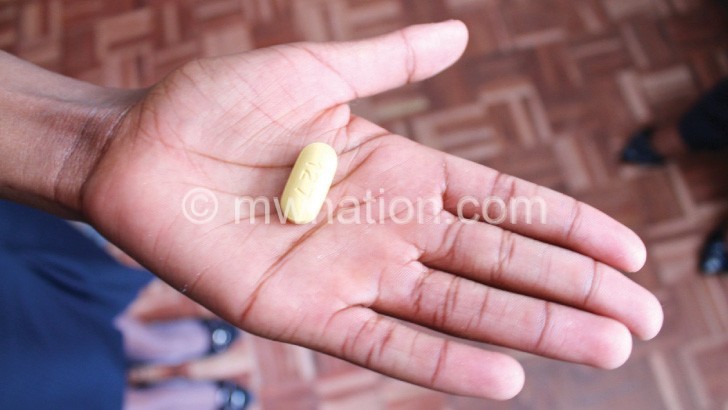Option B+a step towards eradicating HIV and Aids
Doreen Mwale is expecting her second child. The pregnant woman makes her first antenatal visit to Mulanje District Hospital. Nowadays, all expectant mothers are tested for HIV. The 26-year-old tests positive.
She says: “I was confused and afraid of the future. I thought about the baby in the womb. During counselling at the hospital, the health worker spoke of Option B+ and I was assured that it is possible to deliver an HIV-free baby if I follow all the advice.”
Option B+ is a prevention of mother-to-child transmission in which pregnant women who test positive are immediately put on antiretroviral treatment regardless of their immunity levels.
The hospital advised Doreen to come with her husband for counselling and testing. Both of them are on ART.

“I did not want to waste time with blame games. I told him what transpired at the hospital and why we needed to join hands to protect the unborn from the virus which causes Aids,” she says.
Five months after the test, the woman gave birth to a bouncing baby boy. He is still HIV negative.
This is one of the success stories of Option B+.
Malawi piloted the initiative in 2011.
The country has become a leading example in reducing mother-to-child infections.
No more than four out of 100 babies born to HIV positive mothers test positive by age six weeks, the Ministry of Health reports.
“In 2015, about 45 900 out of 54 000 HIV positive women were on ART during pregnancy. Only three percent of babies got infected,” says Adrian Chikumbe, who speaks for the ministry.
However, HIV transmission was still as high as 10 to 15 percent among women who had never started ART as well as those who quit.
The total of new HIV infections has declined from over 100 000 per year in 2000 to around 33 000 in 2016, Chikumbe say s.
The decline is also driven by the large proportion of people living with the virus who are on ART.
The country is pursuing the 90:90:90 targets set by the United Nation HIV and Aids fund, UNAids.
The global targets encourage countries to aim to achieve diagnosis of 90 percent of people living with HIV, initiate 90 percent of those diagnosed HIV positive into ART and reduce the viral load in 90 percent of people on treatment by 2030.
Says Chikumbe: “Many lessons have been learned from Malawi’s Option B+ initiative. The great simplification offered by this strategy and the high rates of HIV testing at antenatal clinics have contributed to an enormous increase in ART coverage among PLHIV.
“Today, 64 percent of all PLHIV are receiving ART and the number of AIDS deaths has declined dramatically.”
With increased and timely access to treatment, new infections will become fewer and fewer, which means the HIV epidemic could be ended by 2030.
Before Option B+, HIV infected pregnant women were taking a single dose or a short course of one single antiviral drug. This strategy was less effective and provision was more complicated. This led to many HIV infected women giving birth before commencing ART. Then, about 27 percent of babies born to HIV positive mothers were infected.
Malawi Health Equity Network (MHEN) executive director George Jobe says the success of Option B+ signifies that the country is winning the fight against HIV and Aids.
“It is worrisome when a baby is born with HIV. Government really need to be commended for piloting this initiative,” says Jobe.
However, he asked all players in the fight against HIV and Aids not to relent.
“As we celebrate this success let us not relax. The onus in on us as a nation to continue leading by example,” he says.
Since May 2016, the country has been offering universal ART for both children and adults living with HIV regardless of CD4 count.
Option B+ provided an important ‘stepping stone’ for the new system whichcredited with further simplifying ART.
National Aids Commission (NAC) Director Davie Kalomba hails Option B+ as a ground-breaking innovation towards reducing HIV and Aids as well as attaining the 90-90-90 targets.
“The new policy aims to remove all barriers for people to access HIV testing, and start and remain on ART,” he said.
The ministry reckons that the success of the 90-90-90 strategy will rely on good public education about the personal health benefits of early ART and the strong protection it offers to prevent onward transmission to loved ones. n





